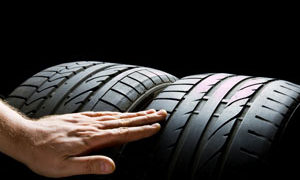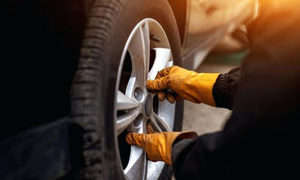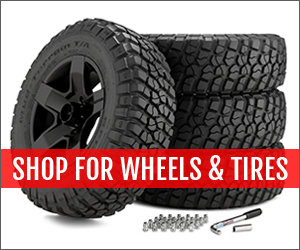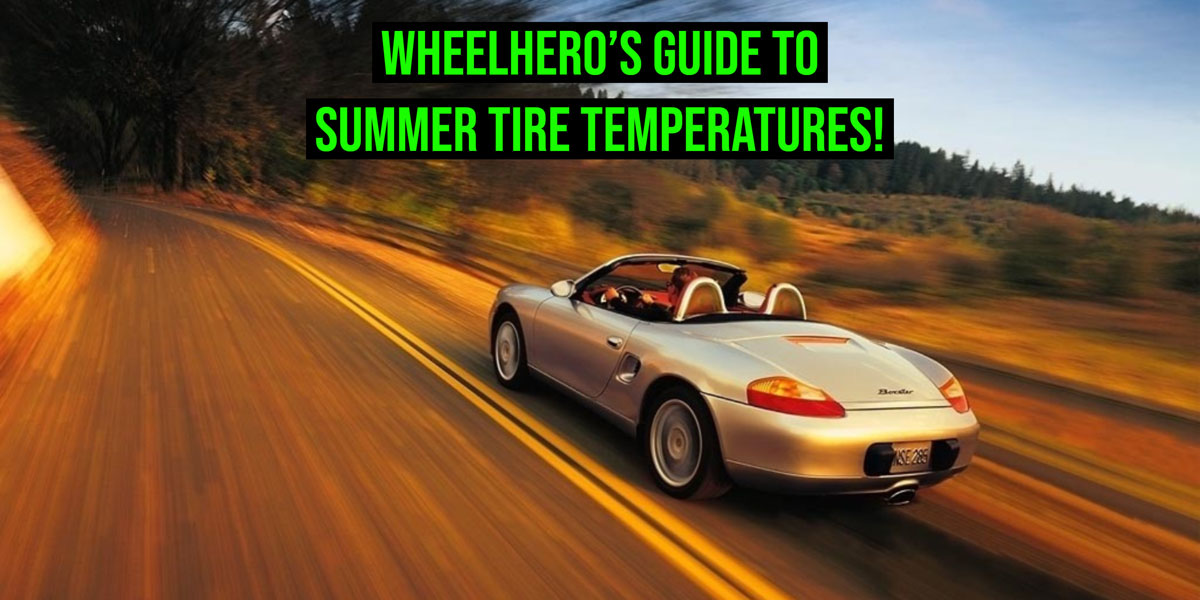
Get to know about when to use summer tires.
It’s that time of year where the temperatures are rising, the weather is getting nicer, and the sun is shining bright. It’s time to break out that sports car and install some high-performance/summer tires, and put away those all-seasons or winter tires. Now’s the time to have some fun as the mercury rises into the summer tires temperature range – but what exactly is that range?
The safe summer tires temperature range is above 45-degrees Fahrenheit. Below 45-degrees, performance is dramatically decreased and at temperatures below freezing, things become dangerous. As temperatures rise above 45-degrees, performance improves until it gradually reaches its optimum performance, putting a smile on your face behind the wheel.
It’s important to understand the factors that determine why 45-degrees Fahrenheit and above is the perfect summer tires temperature range and why below is so dangerous. This will help keep you safe, your vehicle performing well, and you enjoying yourself while driving.

Summer tires are made from special compounds of rubber and other materials along with specific tread patterns. This helps the tire to generate more grip on the road and redirect water during wet conditions. This allows for maximum traction, better fuel mileage, improved handling, and even better acceleration. Winter tires are made from different compounds and have different tread that allow for the tires to better remove snow and generate grip in low and below-freezing temperatures. All-season tires attempt to provide a happy medium with their construction and tread design that allows them to be used all-year, although they may not have the same performance in summer or winter seasons as their counterparts.
Summer tires and high performance tires are made with a softer mixture of rubber compound. This allows them to generate more grip by sticking to the pavement better than other types of rubber compound. This type of material can only be used above certain temperatures. Above 45-degrees Fahrenheit, the compound is able to generate grip and remain soft. As the temperatures rise, performance increases. This is also why we see many racecar drivers warming up their tires before pushing the limits of their vehicles.
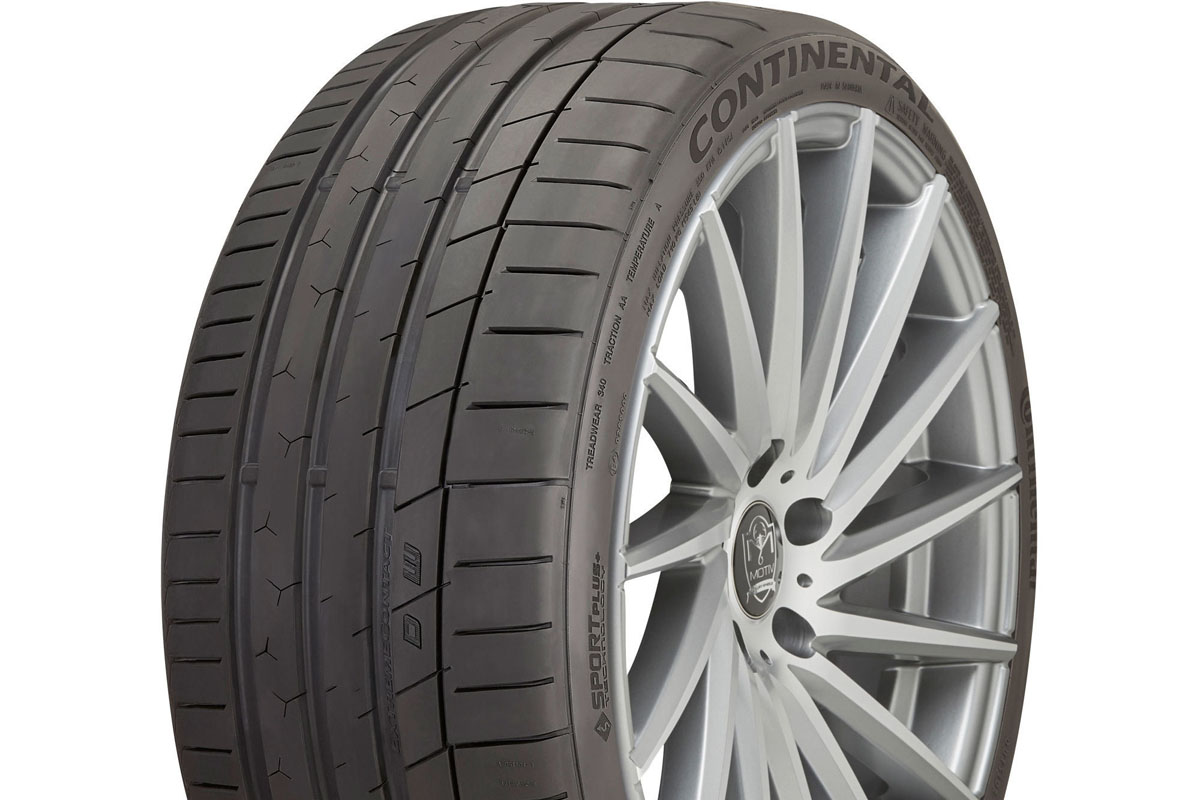
Below 45-degrees Fahrenheit, these summer and high-performance tires lose their performance because of the rubber compound of which they are made. As the temperatures fall below that summer tires temperature range, the compound goes from soft and malleable to harder and inflexible. This is described as the “glass transition” phase where the ability for the compound to perform decreases dramatically.
In low or freezing temperatures, summer tires will harden and contract. Oftentimes, the tread will begin to crack, which is fatal to the tire. This is permanent damage that requires the tire to be replaced and can be catastrophic if it is used to drive. The tread blocks can also chip away and cause permanent damage as well. The higher-powered cars of today will easily lose traction and result in possible accidents due to the hardening and possible cracking of the tread.
Thankfully, if there is no cracking below the summer tires temperature range, this glass transition can be safely reversed to preserve the tires. By bringing the tires back up to a range of 45-degrees Fahrenheit and above, the tires can return to their normal condition and be used again – as long as no cracking or chipping has occurred with the tread.

When temperatures fall below 45-degrees Fahrenheit, it is important to replace your tires with new all-season or snow tires. This will ensure proper performance and safety while driving in colder conditions.
It is also important to store your summer tires properly to keep them in the summer tires temperature range. Storing the tires inside specially-made tire covers or plastic will preserve them properly. These tires also need to be stored inside where temperatures are consistently above 20-degrees Fahrenheit to prevent damage. Always make sure that each tire is inspected before and after storage.
We all love to break out our sports car and throw on some summer tires, but it’s important to do so only when the weather is in the summer tires temperature range. This will prevent any damage, save you money, and keep you smiling when the sun is shining.
Stay in the Summer Tires Temperature Range with WheelHero!

